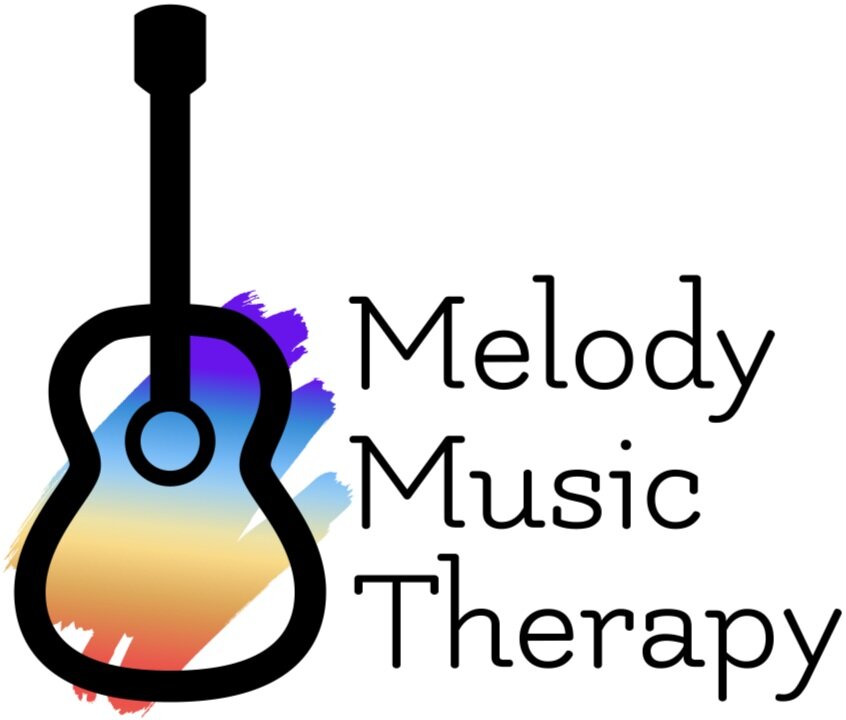The Intern’s Column: Navigating Authenticity in Music Therapy Spaces
In the first month as a music therapy intern, multiple themes have arisen. One of these themes is authenticity, specifically, what it means to be authentic in a therapeutic way. The merriam-webster definition of authenticity is: “to be true to one’s own personality”, (Merriam-Webster, 2024), so in therapeutic spaces, authenticity is how much of “me” I bring into the session. But, how much should I bring into a session? Navigating the nuances of authenticity requires vulnerability, healthy boundaries and a dose of countertransference.
At the heart of therapeutic authenticity is the understanding and adherence to therapeutic boundaries. This boundary consists of the client positioned as a person seeking professional help and the therapist positioned as a person trained in offering this help. Bruscia mentions the importance of returning to this dynamic throughout the session in his book: “The Dynamics of Music Psychology”. Bruscia emphasizes “flexible and permeable boundaries”, in which the therapist may navigate elements of countertransference and transference fluidly. However, he maintains the position that “all experiences are mediated by the therapist and client boundary”(Bruscia, 1998). In other words, the therapeutic boundary is the seed from which all healthy authentic experiences bloom.
From past experience, I was taught the “leave at the door” approach. I often walked into sessions withholding many (if not all), pieces of myself in an attempt to support the therapeutic relationship. However, this cookie cutter approach does not work for every client. Factors like age, setting, culture, dis/ability status, will influence the way a therapist is called to show up authentically during a session.
Take for example, the older adult client W. W consistently encourages me to partake in the delectable teas and cookies she sets out before each session. She is insistent on telling me not to be bashful in her home, and frequently says “I love you” while giving me hugs. By accepting the tea she offers, I am meeting her at a level she is comfortable with and limiting possible power dynamics in the process. In this space, a sense of friendship is added to the therapist and client dynamic. It is appropriate to bring more of myself as a person into this setting.
Even though a therapeutic relationship may call for a higher level of authenticity, a therapist might not feel comfortable positioning themselves in this way. Having a healthy understanding of your own boundaries as a therapist is an important first step in showing up authentically for clients. As an intern, I am still uncovering how I feel sharing a glass of tea with client W. I have found that it is okay to retreat back to firm boundaries whenever I feel uncomfortable with the level of authenticity expected of me by a client.
Although I have talked a lot about the importance of authenticity for certain therapeutic spaces, there are many spaces in which authenticity is contraindicated. For example, a mental health session where transference is a big concern. Whenever you are in doubt, it is okay to ask questions and engage in an open dialogue with your supervisors about what level of authenticity works best in a space. Authenticity is a lifelong uncovering process, and there is no right way to “be”.
Happy Music Therapy-ing!
References:
Bruscia, K. E. (1998). Modes of Consciousness in Guided Imagery and Music. In The Dynamics of Music psychotherapy. essay, Barcelona Publishers.
Merriam-Webster. (n.d.). Authenticity definition & meaning. Merriam-Webster. https://www.merriam-webster.com/dictionary/authenticity
Inspiring.team (Ed.). (2024). Plant Life Cycle. photograph.
